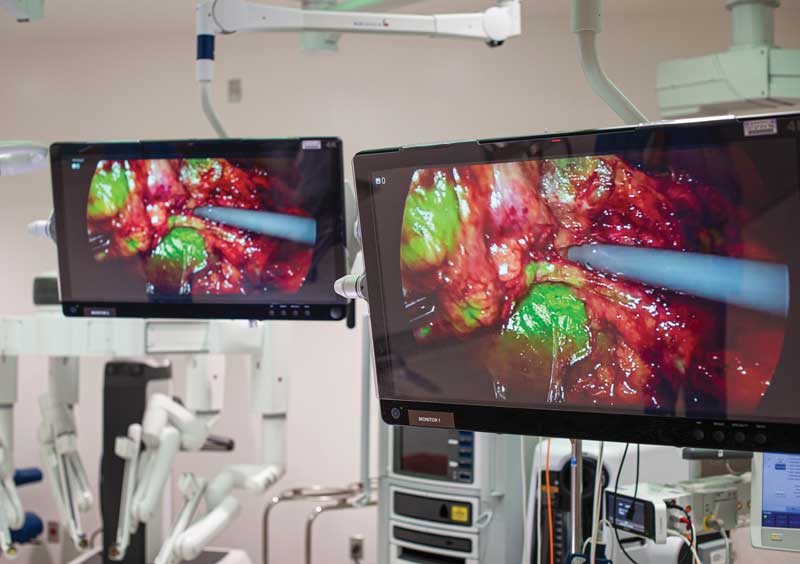Natalie Hope McDonald | Contributing Editor
Featuring Doctor Apostolos Tassiopoulos
 |
STUNNING CLARITY The most common high-definition video systems in the OR today are based on 4K resolution, which provides crystal-clear images that allow for improved dissections and enhanced evaluation of tissue perfusion. | John-Martin Eatinger |
When Apostolos K. Tassiopoulos, MD, performs vascular surgery at Stony Brook (N.Y.) University Hospital, he has what some might consider an unfair advantage over the competition that allows him to deliver standout outcomes time and again. That’s because Dr. Tassiopoulos, who serves as Stony Brook’s interim chair of the department of surgery and director of the hospital’s Vascular Center, operates in a hybrid OR that uses a high-definition (HD) imaging system that integrates 3D images with crystal-clear video. “It serves as a roadmap, and it allows us to have a continuous outline of the target vessels,” he says.
Dr. Tassiopoulos believes HD systems lead to improved surgical outcomes by helping surgeons to perform more accurate procedures, shortening surgical times and reducing radiation exposure in a minimally invasive platform. In addition, patients also tend to have less pain and much shorter recovery times thanks to the technology, according to Dr. Tassiopoulos.

